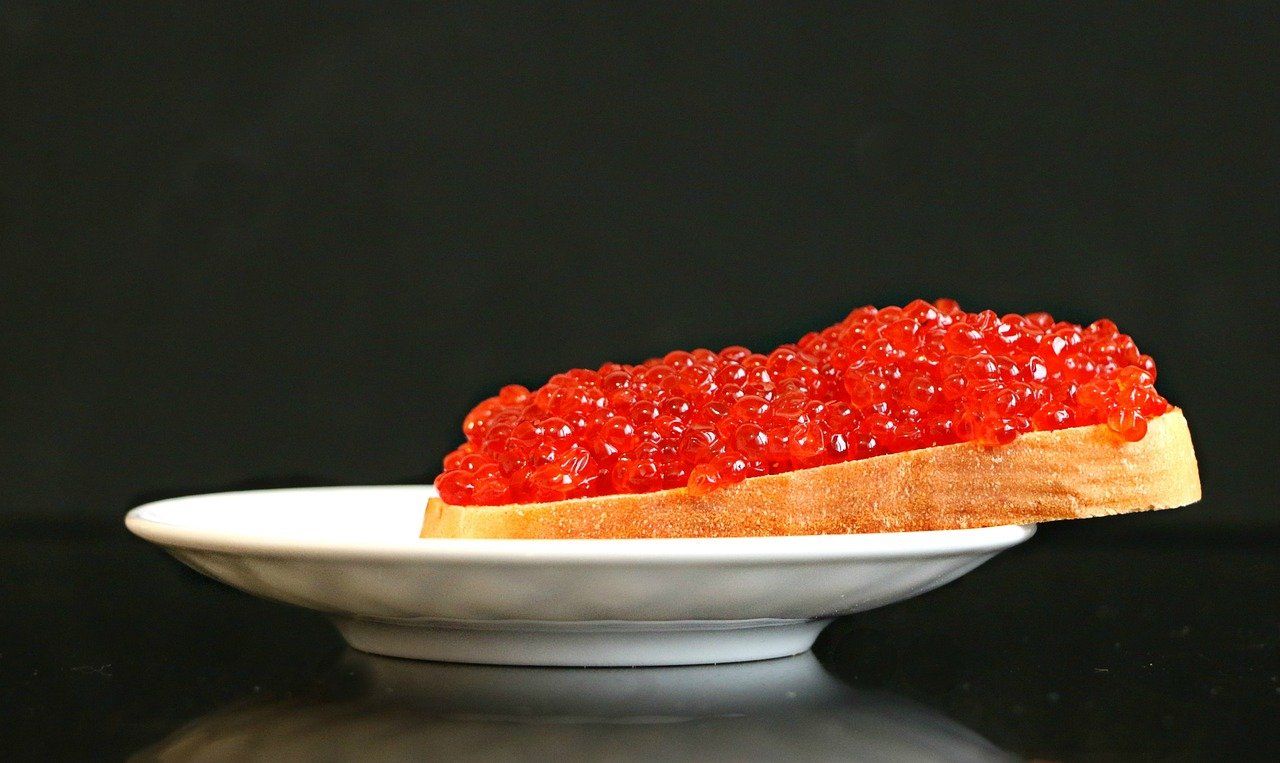
An Unknown Way to Get Vitamin D-3
You might find it surprising to learn that supplements and sunshine are not the only ways to get vitamin D-3.
Sure, getting vitamin D-3 via sun exposure is a great way to boost levels of this nutrient.
And taking a supplement is definitely one of the best ways to “top off” your vitamin D levels - especially if you don’t get access to sunshine most of the year.
But it turns out there’s another way to get vitamin D in your body.
Before we show you what that is… we’d be remiss to tell you that our super-strength vitamin D-3 supplement is 15% off through the end of the week.
Expiring on the 20th of June, your coupon code IMMUNITY1 is your ticket to our proven supplement for helping people restore their vitamin D levels.
Now, the purpose of this article isn’t to sell you a supplement (but you can always buy it from here if you want) but to show you how you can get vitamin D-3 from an unexpected place.
Your diet.
And once you read this article you’ll see why it’s so helpful to have a supplement in your medicine cabinet to help you keep levels high.
Dietary Sources of Vitamin D-3
The sun is the ultimate place to get vitamin D-3. Dr. Wiggy has written about that more than enough.
But, it’s not the only place.
You can actually get vitamin D-3 from many animal products…
And you can even get vitamin D-2, which converts into D-3, from plant-based products.
Here’s a list of animal and plant-based products that would supply you with nominal amounts of vitamin D-3.
This list comes to you courtesy of Dr. Axe.
- Wild-Caught Salmon — 3 ounces: 447 IU (over 100 percent DV)
- Cod Liver Oil — 1 tablespoon: 1,360 IU (over 100 percent DV)
- Mackerel — 3 ounces: 306 IU (76 percent DV)
- Tuna Fish — 3 ounces: 154 IU (39 percent DV)
- Fortified Milk — 1 cup: 124 IU (31 percent DV)
- Fortified Almond Milk — 1 cup: 120 IU (24 DV)
- Fortified Coconut Milk — 1 cup: 120 IU (24 percent DV)
- Morel Mushrooms — 1 cup: 3.4 micrograms (17 percent DV)
- Sardines — 2 sardines: 47 IU (12 percent DV)
- Fortified Orange Juice: 1 cup: 47 IU or more (12 percent DV)
- Beef Liver — 3 ounces: 42 IU (11 percent DV)
- Eggs — 1 egg: 41 IU (10 percent DV)
- Fortified Cereal — 1 cup: 40 IU (10 percent DV)
- Caviar — 1 tablespoon: 37 IU (9 percent DV)
- Shiitake Mushrooms — 1 cup: 1 IU (5 percent DV)
- Oyster Mushrooms — 1 cup: 0.6 IU (3 percent DV)
Upon reviewing this list you likely realized something. Only a few of these foods offer ample amounts of vitamin D-3.
For the animal-based products only 2 of them offer 100% or more of your daily value.
And plant-based products, which offer an inferior form of vitamin D in D-2, barely get you 25%. And that’s with the fortified versions! The reason that’s bad is because fortified versions of products are chemically manufactured so they don’t even offer you the bio-identical form of the nutrients you need.
When it comes to plant-based products that provide you with D-2 the most you’re going to get is 17% from Morel mushrooms.
Not sure if you’ve noticed, but morel mushrooms aren’t common, nor are they cheap.
So it’s clear they’re not a good option for getting vitamin D from.
Since it’s so difficult to get vitamin D from your diet, Dr. Wiggy tells his patients to get out in the sun or to take supplements like the HAIOTB Vitamin D-3 7500 IUs.
Only through supplementation or adequate sun exposure can you maintain healthy levels of vitamin D-3.
Our version of vitamin D-3 offers more than the standard vitamin D-3 supplement. At 7500 IUs, it’s nearly 2,500 IUs more than the high-strength version offered by other brands.
Dr. Wiggy has said that this is the level he likes to use in a clinical setting to reverse deficiencies.
At $18 a bottle for a 3-month supply, it’s a steal.
Follow this link to get your bottles now!




